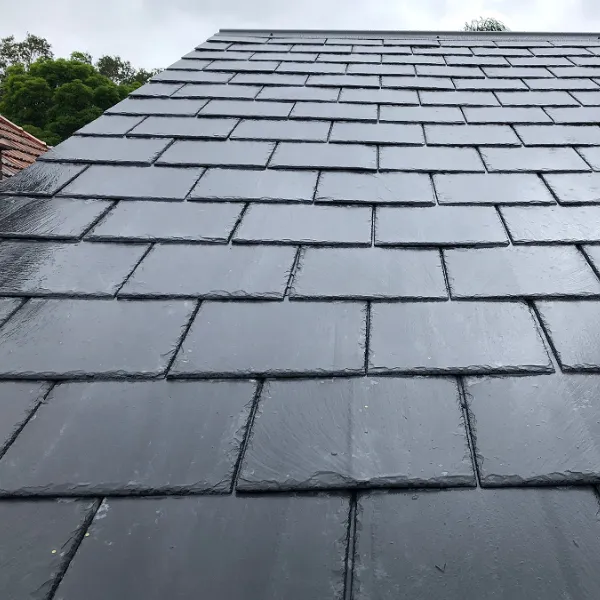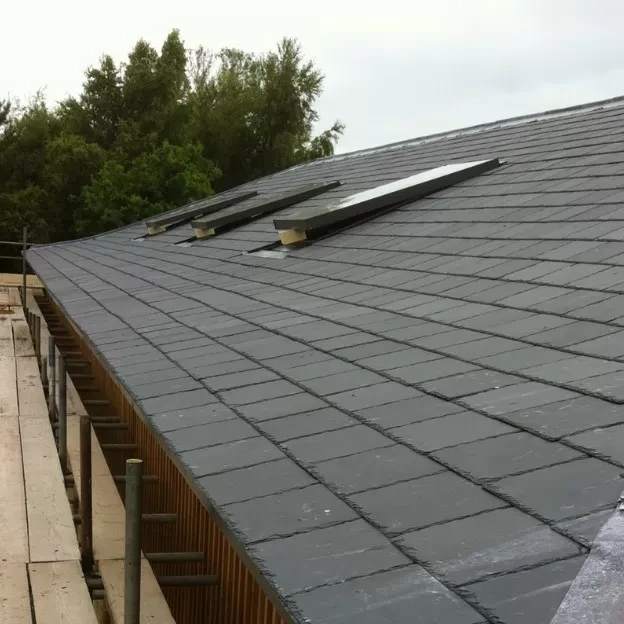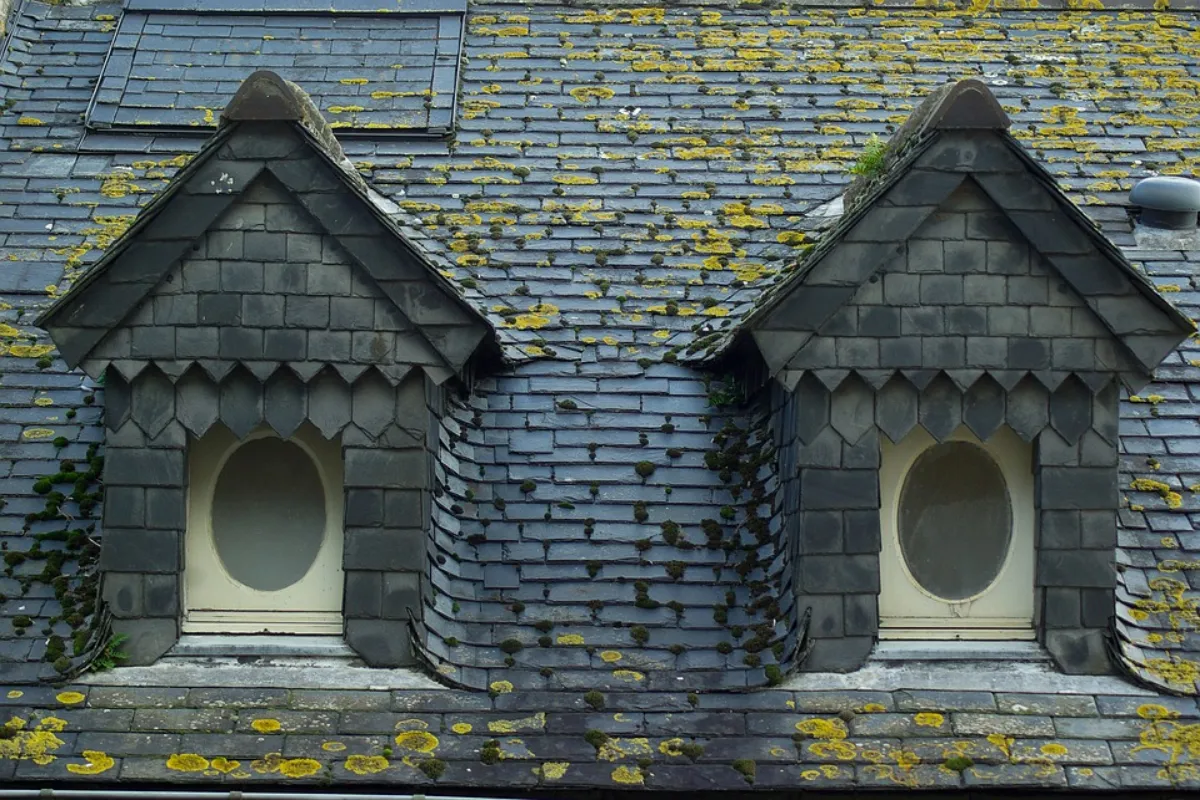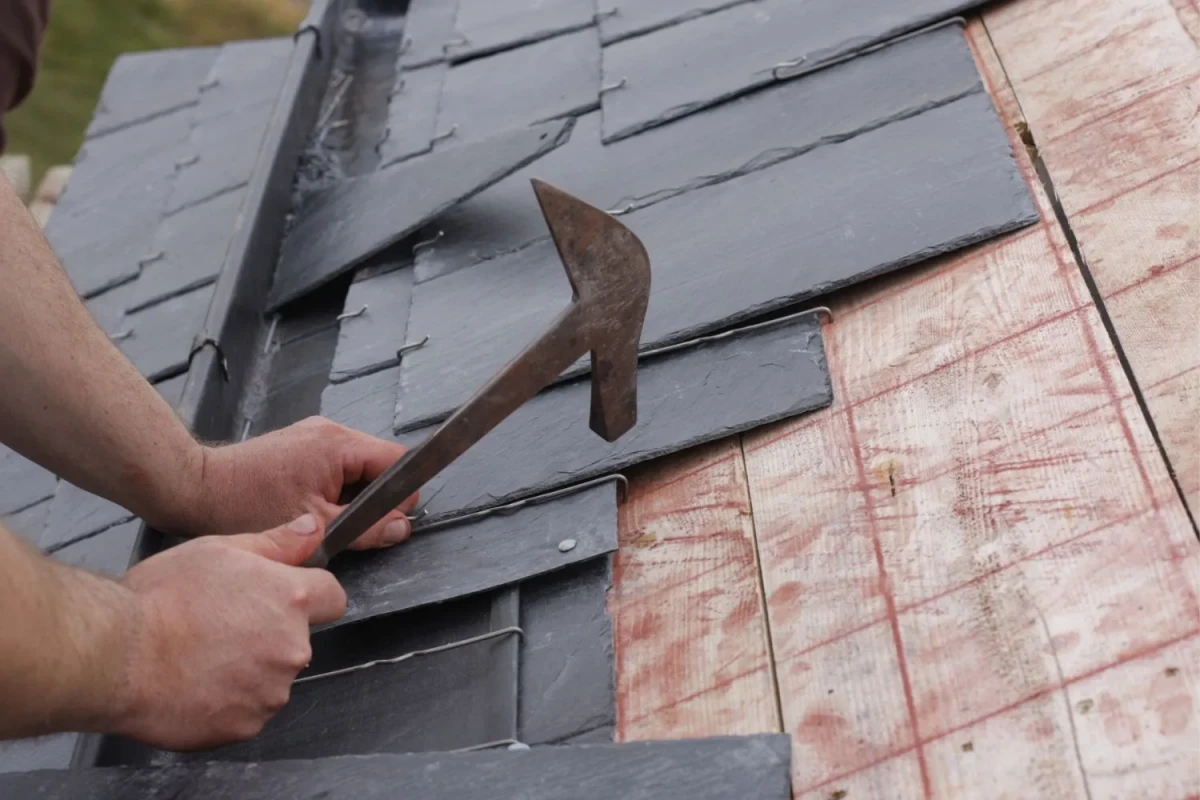Slate Roofing: Understanding the Minimum Roof Pitch
Slate roofing is celebrated for its durability, classic aesthetics, and impressive longevity. Whether you’re considering a new slate roof installation or pondering a replacement, one critical factor to contemplate is the roof pitch. The roof pitch, often referred to as the slope, is the angle at which your roof rises. It’s a vital element that affects not only the visual appeal of your roof but also its functionality and resilience.
What is Roof Pitch?
Roof pitch is typically expressed as a ratio, for example, 4:12 or 7:12. The first number represents the vertical rise in inches, and the second number represents the horizontal run, usually in feet. In simple terms, it tells you how many inches the roof rises for every foot of horizontal distance.
The Significance of Roof Pitch for Slate Roofing
Slate roofing, with its natural stone tiles, requires careful consideration of roof pitch. While it’s technically possible to install slate on a roof with a pitch as low as 4:12 (meaning it rises 4 inches for every 12 inches of horizontal run), this minimal pitch can lead to some challenges. Here are a few key aspects to keep in mind:
- 1. Water Drainage:
A lower pitch means slower water runoff. Slate is highly water-resistant, but proper drainage is essential to prevent water from infiltrating beneath the tiles.
A steeper pitch facilitates faster water runoff, reducing the risk of water pooling and leaks.
- 2. Aesthetic Considerations:
The pitch of your roof significantly influences the visual aesthetics. Slate roofing looks most impressive on steeper pitches, where the tiles’ unique textures and colors are more prominently displayed.
A shallow pitch might not do justice to the elegance of slate tiles.
- 3. Installation Complexity:
Installing slate on low-pitched roofs can be more complex. It requires additional waterproofing measures, and the process can be costlier.
Steeper pitches often simplify installation and maintenance.
- 4. Weather Resilience:
Areas with heavy snowfall or frequent rain might benefit from steeper pitches. These angles promote quicker snow shedding and water runoff, reducing the load on the roof.
- 5. Longevity:
While slate roofs can last a century or more, their lifespan may be affected by the pitch. Roofs with steeper angles tend to endure longer because they experience less wear and tear from water infiltration.
- 6. Local Building Codes:
Check your local building codes and regulations. Some areas may have specific requirements for minimum roof pitch, especially in regions prone to particular weather conditions.
Choosing the Right Pitch for Your Slate Roof
Ultimately, the ideal roof pitch for a slate roof depends on various factors, including your local climate, architectural preferences, and budget. While a pitch as low as 4:12 is technically feasible for slate, a steeper pitch, such as 6:12 or 8:12, is often recommended to maximize the benefits of slate roofing.
Before making a decision, it’s advisable to consult with a professional roofer who has experience with slate. They can assess your specific circumstances and help you choose the most suitable roof pitch to ensure your slate roof’s longevity, functionality, and visual appeal.
2023-10-31






